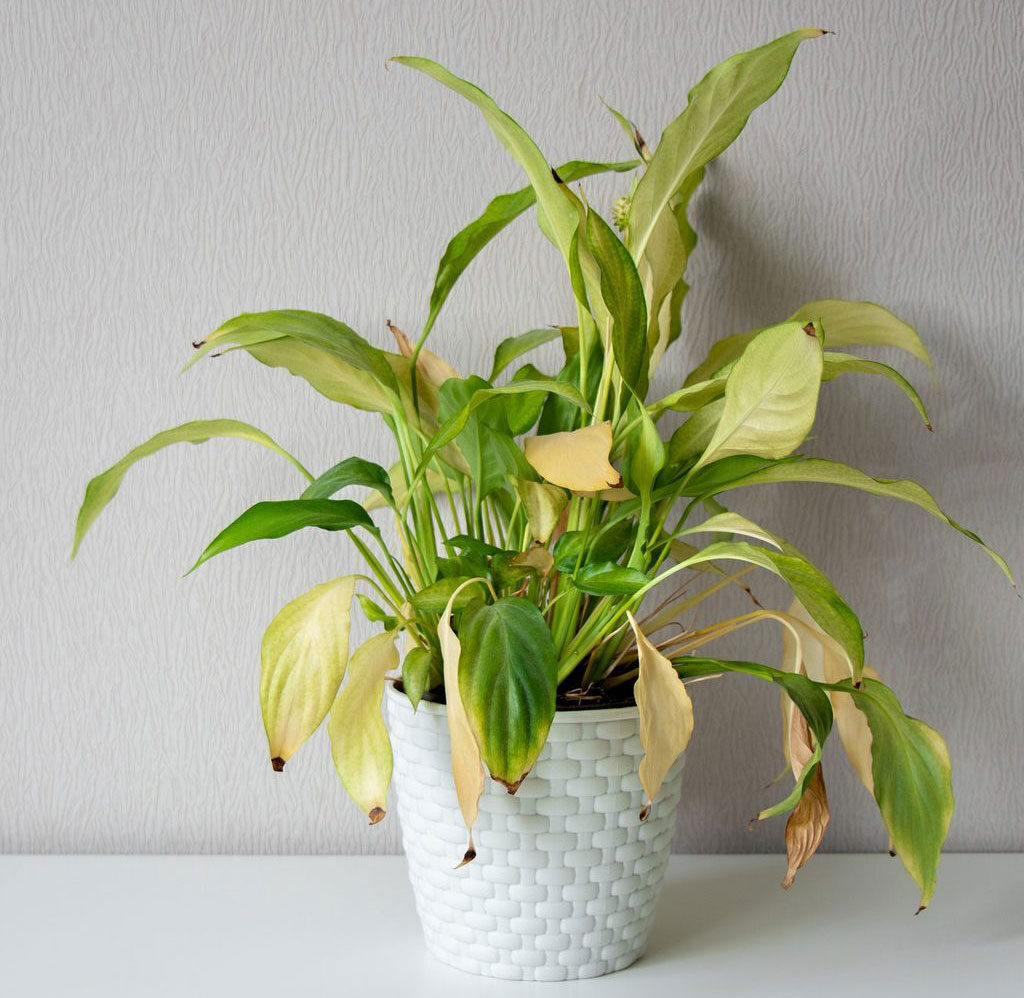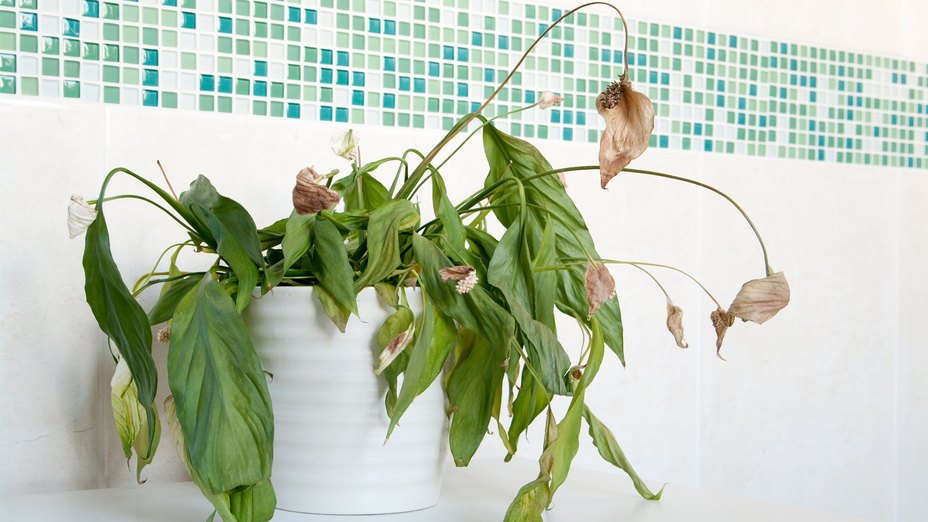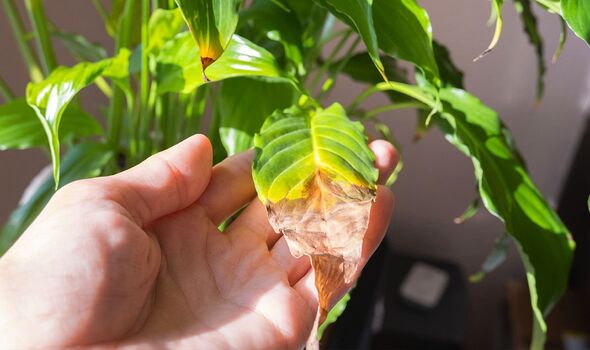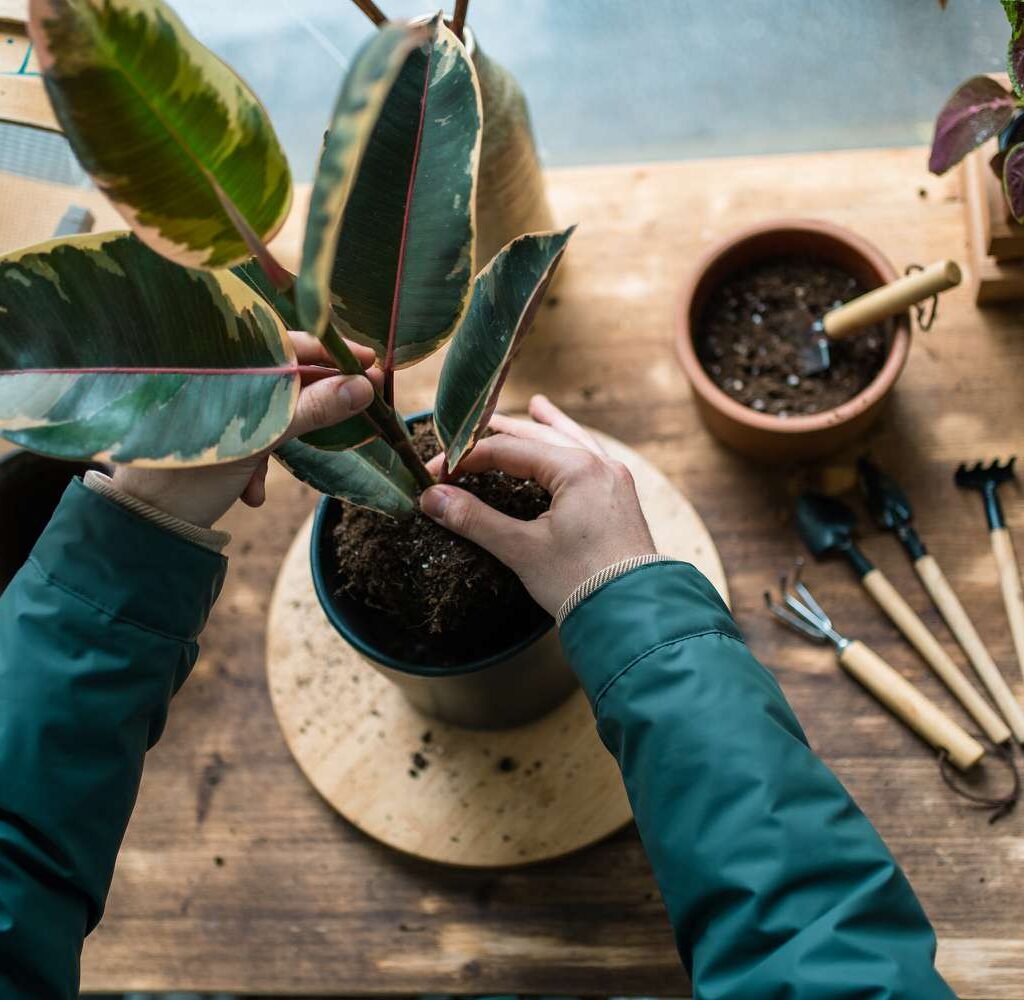Every plant lover has faced this heart-sinking moment: you walk into your home or garden and notice one of your beloved plants drooping, leaves limp, and stems bowed as if crying for help. Wilting plants don’t necessarily mean a death sentence — with the right care and quick action, many can bounce back beautifully.
Whether it’s from underwatering, overwatering, pest infestations, heat stress, or root issues, plants communicate their distress through wilting. The good news is that most of these problems are reversible with some simple techniques and a little patience.
Let’s dive into 10 effective, natural, and practical tips to revive wilting plants and help you rescue your struggling greenery.

1. Identify the Cause of Wilting
Before rushing to water or repot your plant, it’s essential to pinpoint why it’s wilting. Common causes include:
- Underwatering
- Overwatering
- Excessive heat or sun exposure
- Root damage
- Pest or disease issues
- Nutrient deficiency
Check the soil moisture by sticking your finger about an inch into the soil. Feel for dryness, sogginess, or compacted soil. Examine the leaves, stems, and underside of leaves for pests or signs of rot. Knowing the problem helps you treat the plant appropriately.

2. Rehydrate Underwatered Plants
If your plant’s soil feels bone dry and the leaves are limp or crispy, it’s a clear sign of underwatering.
How to revive:
- Water thoroughly until you see water draining from the pot’s bottom.
- For severe cases, submerge the entire pot in a bucket of water for 15-30 minutes, allowing the roots to soak up moisture.
- Remove the plant, let excess water drain, and place it in indirect light.
Avoid letting the soil dry out completely in the future by maintaining a consistent watering schedule.

3. Correct Overwatering Issues
Surprisingly, overwatering is an even more common cause of wilting than underwatering. When roots sit in waterlogged soil, they suffocate and start to rot, causing plants to wilt.
How to revive:
- Remove the plant from its pot and inspect the roots.
- Trim off any black, mushy, or foul-smelling roots with sterilized scissors.
- Allow the plant and soil to dry out for a few hours.
- Repot in fresh, well-draining soil and a pot with drainage holes.
- Water sparingly until the plant recovers.

4. Provide Proper Shade and Temperature Control
Heatwaves, direct afternoon sun, or overly warm indoor conditions can lead to heat stress, causing plants to wilt even if the soil is moist.
Reviving tip:
- Move the plant to a cooler, shaded spot or provide temporary shade with sheer curtains for indoor plants.
- Mist the leaves lightly to lower surface temperature and boost humidity.
- Water the plant in the early morning or evening when temperatures are cooler.

5. Check for Pests and Diseases
Pests like spider mites, aphids, and thrips can damage plant tissues and cause wilting. Fungal or bacterial infections may also weaken stems and roots.
What to do:
- Inspect leaves, stems, and soil carefully.
- Wipe leaves with a damp cloth or use insecticidal soap or neem oil spray for pests.
- For fungal infections, remove affected leaves and apply an organic fungicide.
- Keep affected plants isolated from healthy ones to prevent spread.

6. Trim Damaged Leaves and Stems
Wilted, yellowed, or dying leaves not only drain your plant’s energy but can also attract pests and pathogens. Removing them allows your plant to focus on new, healthy growth.
How to trim:
- Use clean, sharp scissors or pruning shears.
- Cut back dead or severely wilted leaves at their base.
- Trim back leggy or damaged stems if necessary.
Dispose of the trimmings properly, especially if pest-infested or diseased.
7. Loosen Compacted or Depleted Soil
Over time, soil can become compacted or lose its nutritional value, restricting root growth and water absorption, causing wilting.
How to fix:
- Gently loosen the top layer of soil with a fork or chopstick.
- Top up with fresh, organic compost or potting mix.
- Consider repotting the plant entirely in nutrient-rich, aerated soil if compaction is severe.
8. Fertilize Gently After Recovery
Once your wilting plant starts showing signs of recovery — new leaves, perked-up stems — it may benefit from a gentle dose of organic fertilizer to boost its strength.
Tips:
- Use diluted compost tea, fish emulsion, or seaweed extract.
- Avoid chemical fertilizers on stressed plants.
- Feed only during the active growing season (spring and summer for most plants).
Over-fertilizing a stressed plant can do more harm than good, so wait until it stabilizes.
9. Improve Drainage
If poor drainage caused the wilting, fix this immediately to prevent future problems.
How to improve drainage:
- Ensure pots have adequate drainage holes.
- Place a layer of small stones or gravel at the bottom of pots.
- Use a well-draining soil mix appropriate for your plant type.
- Avoid using dense, water-retaining soils for plants that prefer drier conditions, like succulents or cacti.
10. Increase Humidity for Sensitive Plants
Some tropical plants like ferns, calatheas, and peace lilies wilt quickly in dry indoor air.
Ways to boost humidity:
- Place a shallow tray filled with water and pebbles near the plant.
- Group plants together to create a humid microclimate.
- Use a room humidifier during dry months.
- Mist leaves with clean water daily (if the plant type permits).
Monitor the plant’s leaves for signs of improvement within a few days.
Bonus Pro Tip: Know When to Repot
Sometimes wilting occurs because the plant has outgrown its pot. If roots are visibly circling the bottom or poking out of the drainage holes, it’s time to repot.
How to repot:
- Choose a pot one size larger with good drainage.
- Trim any circling or dead roots.
- Refresh the soil with a nutrient-rich mix.
- Water lightly and keep in indirect light for a week.
Final Thoughts
Plants wilt for various reasons, but most cases are treatable if caught in time. The key is to carefully observe your plant, identify the issue, and respond with the appropriate remedy. By following these 10 expert tips, you’ll give your drooping plants the best chance at revival and help them thrive once more.
A little attention and natural care can turn those lifeless, wilted leaves back into a lush, thriving part of your home or garden.





